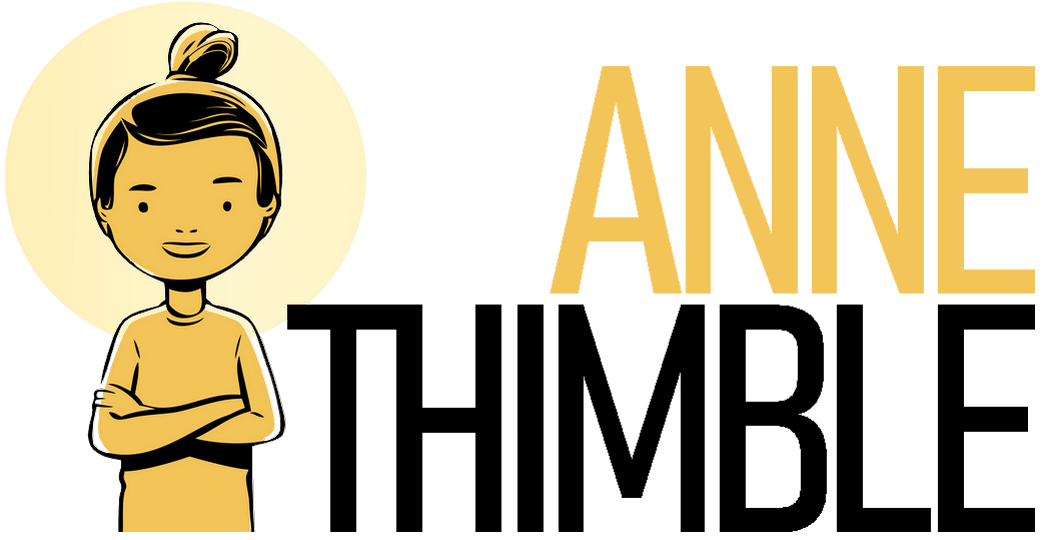Your feet have a big job. They are responsible for carrying the weight of your body around as well as balancing your movements. From walking and running to exercising, they take a lot of abuse and it’s no wonder they can develop pain.
You have 26 bones, 30 joints, and over 100 muscles, tendons, and ligaments in each foot, so when there is injury or inflammation you are going to have foot problems. With all this anatomy inside it may be hard to pinpoint the exact problem. While not every ache is a serious problem, you should pay attention to any pain. Try to address the issue at a physiotherapy clinic with orthopedic treatments.
Here are the six different foot pain symptoms and their causes:
Symptom #1: Plantar fasciitis pain

One of the most common reasons for foot pain is plantar fasciitis. This is a thick ligament running along the bottom of the foot from heel to toe and when it gets inflamed, it hurts. You feel it in the heel, mostly in the morning or when you get up from sitting.
It can be caused by high-impact activities including running and other repetitive activities that stress the heel. High arched shoes contribute to plantar fasciitis as well as obesity and tight calf muscles. You can rest your foot and use cold compresses to reduce inflammation as well as using common pain meds. If that doesn’t help you should consult your doctor.
Symptom #2: Torn tendon pain

Torn tendon is another foot pain symptom that you need to be aware of. You have a tendon at the back of your foot, above your heel that attaches to your calf muscle. This Achilles tendon provides the connection for pushing off with the foot as well as assisting you when you stand on your toes. While it has a force 5 times your bodyweight, it can tear or rupture, causing serious pain. Depending on the severity, it may be medically treated or require surgery.
The causes range from strenuous physical activity and unexpected force on the soles of your feet to decreased blood supply from aging. Direct trauma can also tear or rupture a tendon. Tendonitis usually occurs from frequent activity and inflame the area, causing stiffness and pain. Unless it is a rupture that requires surgery, rest and rehab work well. Physiotherapy should also be done to rehabilitate these tendon problems.
Symptom #3: Arthritis pain

This is a chronic inflammatory disorder that can give you pain in your feet. Both osteoarthritis and rheumatoid arthritis affect your heels and toes causing the joints to become stiff and swollen. This may also lead to your bones deviating and developing painful nodules.
Age is a factor for arthritis but it also develops after a foot injury. The cartilage can wear away causing damage and swelling, leading to pain. There are medications to take for pain relief as well as exercises and physical therapy.
Symptom #4: Gout pain

Gout is another form of arthritis that affects the big toe. It is caused by a build-up of uric acid crystals in the joints and usually affects those over 45 years of age. You tend to feel it first in the big toe but it can spread around the foot and other joints in the body. Uric acid is produced in the body to break down purines, a naturally occurring substance in our food and in our body.
When too much purine builds up, the kidneys can’t excrete all the uric acid and it builds up as crystals in your joints. Heavy purine foods include meat and seafood as well as alcohol and fruit sugars. As it flares up you can experience foot pain for weeks at a time. The best remedy is to maintain a healthy weight, replace alcohol with lots of water and stay away from high-purine foods.
Symptom #5: Bunions and Corns

These 2 afflictions are caused by restrictive footwear that creates bumps and blisters over time. There is a build-up of skin or callus because of repeated friction and pressure. This can be painful but easily corrected with ice packs and loose-fitting footwear. You want to correct this before it leads to arthritis.
Symptom #6: Athlete’s foot

Athlete’s foot is a fungal infection that if left untreated can spread from the foot to other areas on the body. It usually starts between the toes when there is dampness, like when exercising in shoes where your feet sweat. It starts as redness and itching but can quickly develop into swelling and cracking of the skin. Make sure to keep your feet clean and dry as much as possible. There are sprays, lotions and powders to treat this as well as anti-fungal medication.
You need your feet for a lifetime. The average person walks around 150,000 miles over their life so they are pretty important. Spend a little extra money on high-quality footwear and don’t overdo exercises that strain your feet. Eat clean and stay as close to your ideal weight as possible. Following these steps will ensure your feet are free from pain and ready to take you anywhere.




